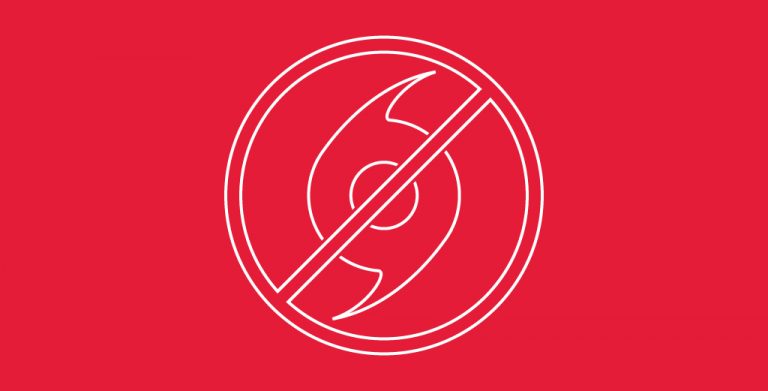By Javier Vidueira
As a systems administrator working in the hosting industry for over 10 years, I’ve had the opportunity to work on various systems running different OS’s and control panels. I typically prefer *nix based systems over WIndows for it’s security, reliability and the myriad of control panels available. Of all of the control panels I have worked on, cPanel is by far my favorite…hands down. I am such a fan of cPanel that I often find myself breathing a sigh of relief when I realize the server I am about to work on has cPanel. I breath this internal sigh of relief because I know that this particular issue will be resolved in minutes, with ease and very little stress on my part.
cPanel servers are just easier to work on. cPanel makes everything easier. Installing SSLs, recompiling Apache and PHP with requested modules, updates, security, account migrations, DNS clustering and so many more administrative tasks are made easier on a cPanel server. Most of these tasks can be completed via the user friendly GUI. From a command line perspective, cPanel provides a myriad of scripts to fix, install or troubleshoot common issues. They also have incredibly robust documentation and a very helpful community where issues are brought up and discussed. When all else fails, cPanel support is nothing short of spectacular.
Working on clients’ systems can be stressful. As sys admins, we’re constantly juggling the importance of getting an issue fixed fast enough to satisfy the client while simultaneously being thorough enough to not miss minute details that can be an issue down the line. cPanel takes much of the stress out of that equation by allowing the sys admin to complete tasks fast, efficiently and thoroughly.
If you’re running a server for the purpose of web hosting, cPanel has become the industry standard and the favored control panel for many systems administrators…this one included.


